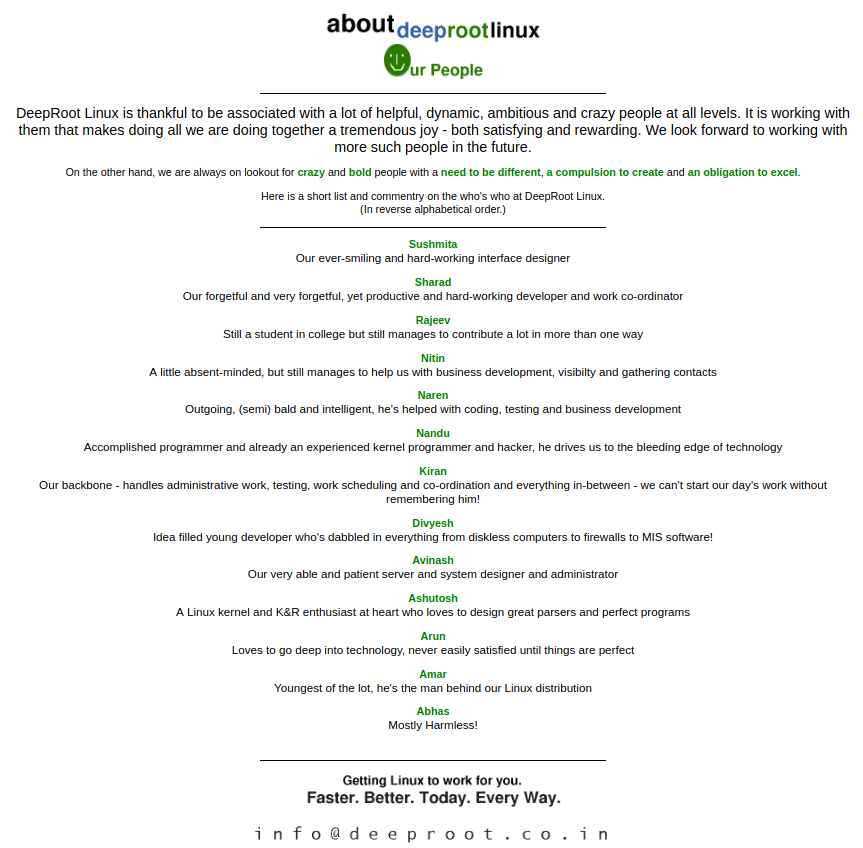What do you do to encourage more students to work with Free Software?
You setup an office inside a college campus! Yes - we did exactly that in partnership with PESIT and its rather visionary director, Dr Jawahar.
And that two on two diametrically opposite sides of Bangalore: Yelahanka and Banashankri. Our goal was to lead and mentor students and build a free software culture in the campus by the fact that a) we were operating out of the campus, b) we were working on free software projects and c) our team members were ready to devote time towards mentoring students.
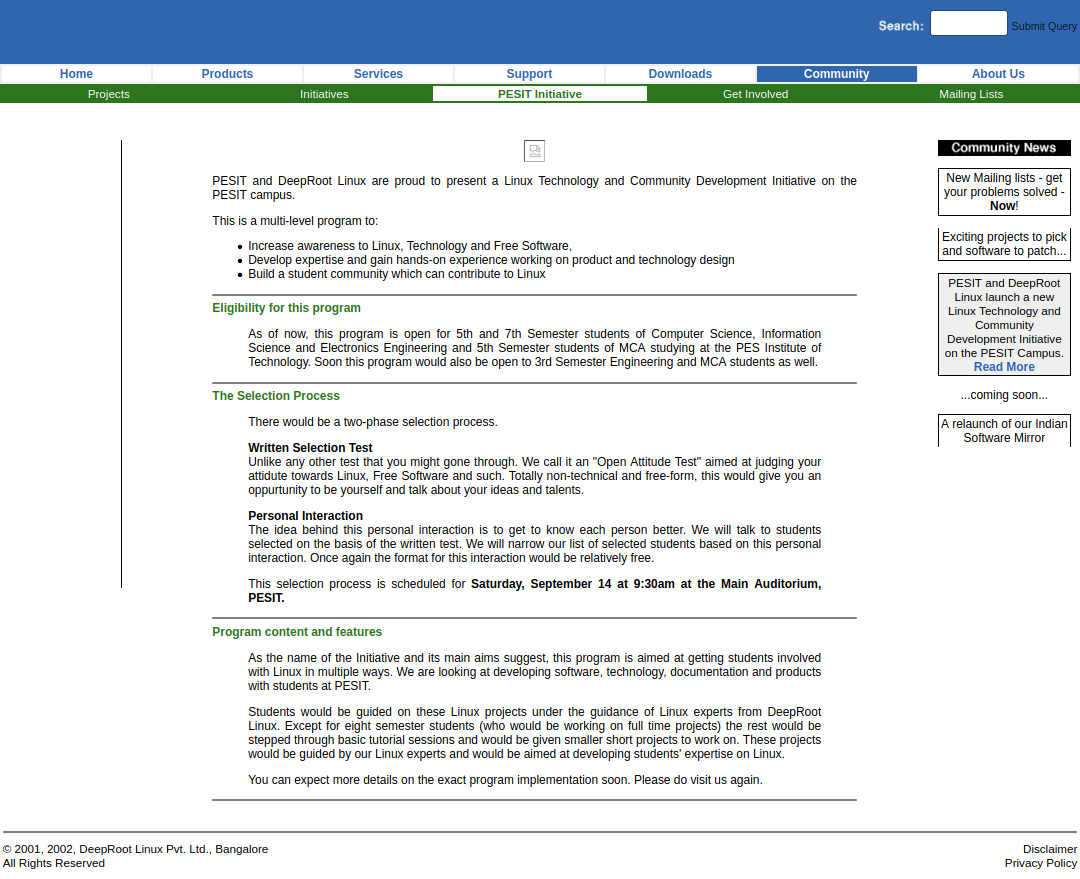
We ran a part of our operation out of PESIT for close to a year before it became unavailable (yet again) to do so anymore.
The IndLinux Conference and Indic Font Workshop
PESIT was also the place were we helped host the first IndLinux conference and Indic Font Workshop:
https://sourceforge.net/p/indic-computing/mailman/message/2776881/
Bandwidth Management
As leased lines and broadband started to become available, a solution that we started work on was bandwidth management. Some of this came out of the lessons learned out of our failed attempt at building solutions for Cable ISPs. We called it BandMan (Bandwidth Manager or BandMoan - Bandwidth Monitor and Manager).
The idea was to build a 1U rackmount network device that you could just run on any network to account for how bandwidth was being used in the network. It would use iptables, tc, iproute2 and ebtables to monitor and log this data and make it available for reporting.
Migrating WeP Peripherals to Debian (from SCO Unix)
Bandwidth management was the gateway to a much bigger opportunity at WeP Peripherals. They used to run their ERP (built on a database called Progress) on SCO Unix. And in 2003, SCO Unix not only had technical and support issues, but could also not make full use of the server hardware resources.
We built a custom Debian-based OS that had binary ABI compatibility with SCO binaries. All they had to do was install this GNU/Linux OS on their server, copy their ERP code to it and it would work just like it was working on SCO - but just perform better and use all of the available hardware resources.
DeepRoot website in 2003
In 2003, our (rather bold) claim was that you could setup a deepOfix Office Server in 12 minutes - as much time it might take you to go and withdraw cash from an ATM. :)

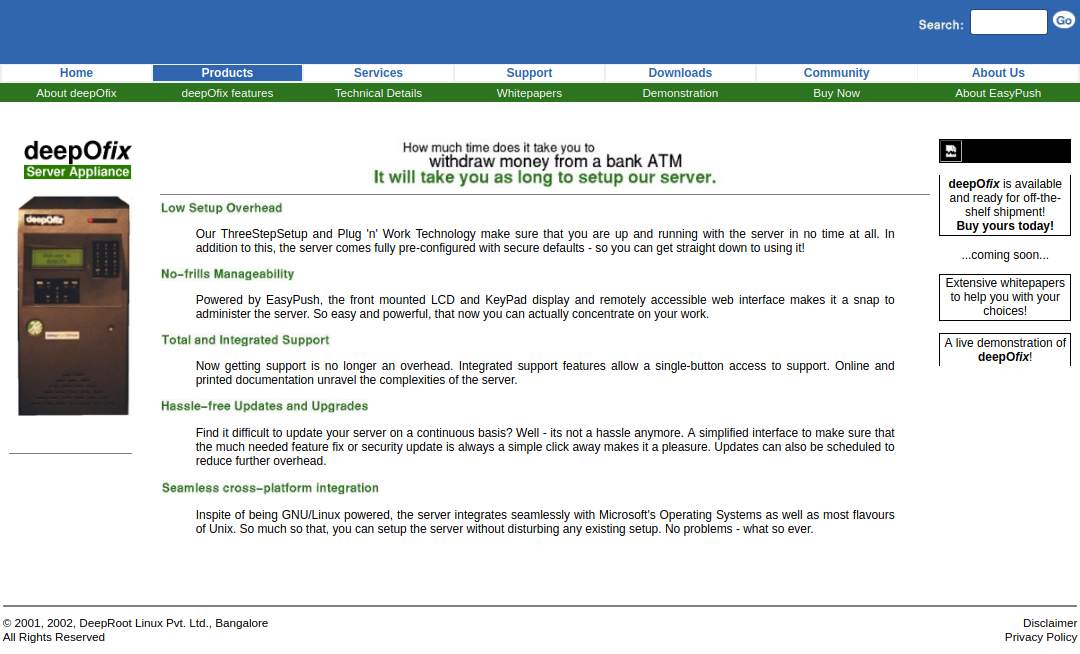
We used to write all the FOSS content for the DeveloperIQ magazine and mirror it on our website. Here is a snapshot:
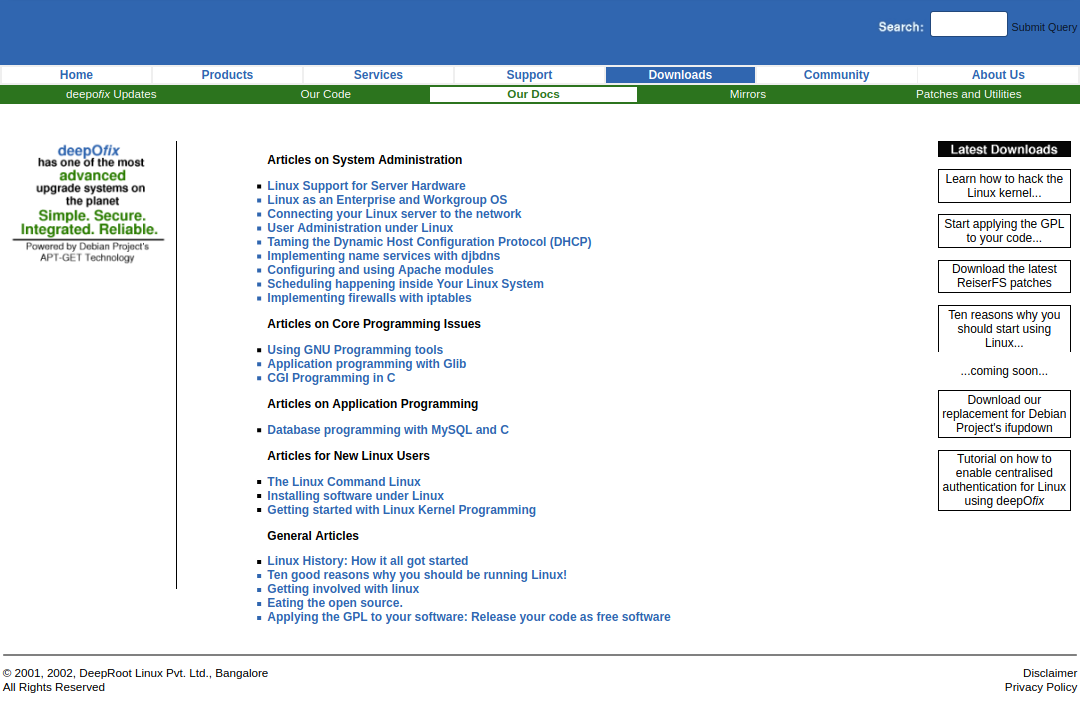
This is what we have always been about:
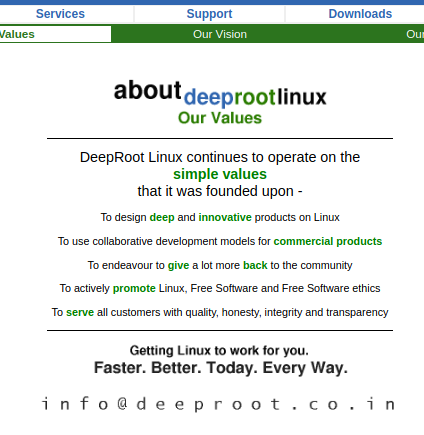
Here is a snapshot of our team in 2003:
